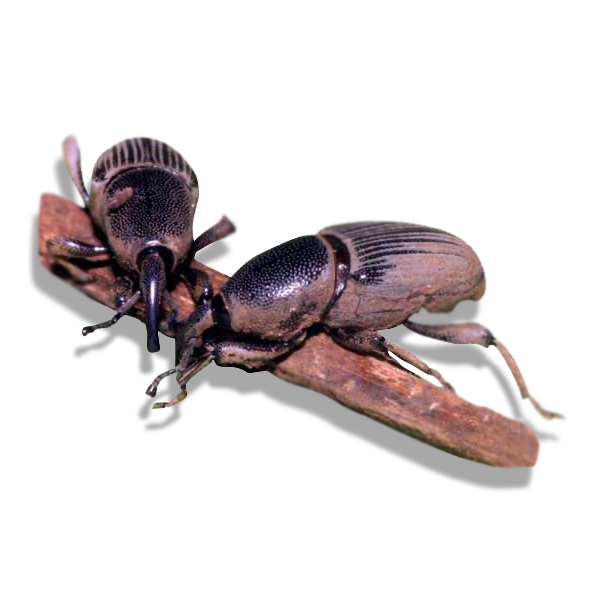Banana Weevil, Cosmopolites sordidus
Cosmopolites sordidus, commonly known as Banana weevil is the most serious pest of banana.
The adult weevil is nocturnal and lays eggs at the base of the pseudostem. Young larvae tunnel through the corm weakens the plant by reducing water and mineral uptake. Therefore, bunch weight and yield reduce substantially. In severe weevil infestations, crop losses of up to 100% have been reported. It also reported infestation of Banana weevil toppled the plant during windstorm. The weevil is native to Malaysia and Indonesia but is found in all banana growing areas of the world. It is distributed in Africa, South East Asia; Middle East (Oman), South America and Caribbean Islands.


